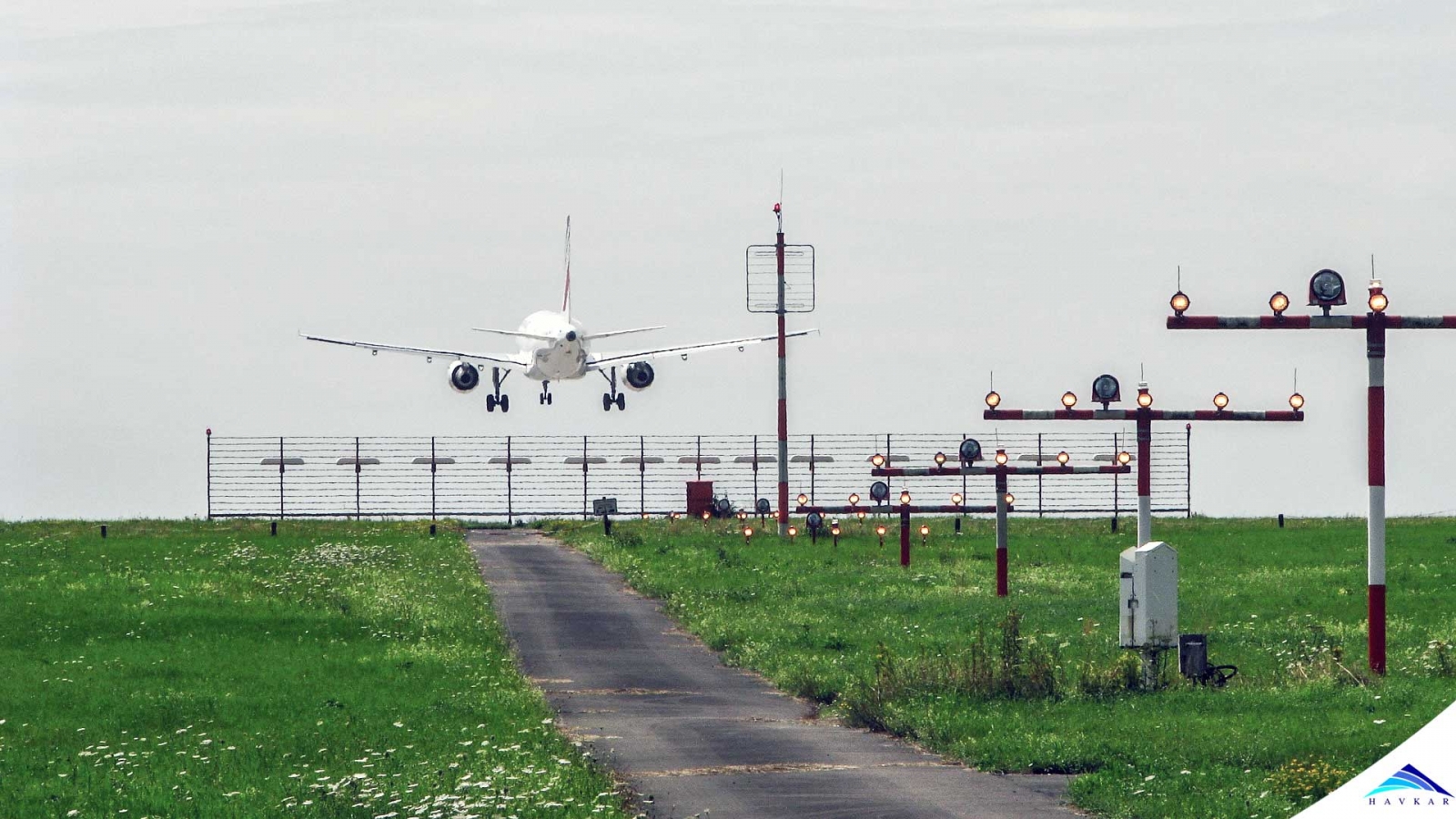
ILS LOCALIZER VERIFICATION
Some VOR equipment decodes the identifier and displays it to the pilot for verification to charts, while other equipment simply displays the expected identifier from a database to aid in verification to the audio tones.
ILS LOCALIZER CODE
During periods of maintenance, the facility may radiate a T-E-S-T code (. In some cases, none of the VORs have the name of the “parent” FSS. Many FSSs remotely operate several omniranges with different names. Reliance on determining the identification of an omnirange should never be placed on listening to voice transmissions by the Flight Service Station ( FSS) (or approach control facility) involved. The only positive method of identifying a VOR is by its Morse Code identification or by the recorded automatic voice identification which is always indicated by use of the word “VOR” following the range's name. VORs without voice capability are indicated by the letter “W” (without voice) included in the class designator (VORW). Most VORs are equipped for voice transmission on the VOR frequency. Normal service ranges for the various classes of VORs are given in Navigational Aid (NAVAID) Service Volumes, Paragraph 1-1-8.


They are subject to line-of-sight restrictions, and the range varies proportionally to the altitude of the receiving equipment. VORs operate within the 108.0 to 117.95 MHz frequency band and have a power output necessary to provide coverage within their assigned operational service volume. Since ADF receivers do not have a “flag” to warn the pilot when erroneous bearing information is being displayed, the pilot should continuously monitor the NDB's identification. Voice, music or erroneous identification may be heard when a steady false bearing is being displayed. Noisy identification usually occurs when the ADF needle is erratic. Nearly all disturbances which affect the Automatic Direction Finder ( ADF) bearing also affect the facility's identification. At night, radio beacons are vulnerable to interference from distant stations. Such disturbances result from such factors as lightning, precipitation static, etc. Radio beacons are subject to disturbances that may result in erroneous bearing information. Voice transmissions are made on radio beacons unless the letter “W” (without voice) is included in the class designator (HW). When a radio beacon is used in conjunction with the Instrument Landing System markers, it is called a Compass Locator. All radio beacons except the compass locators transmit a continuous three-letter identification in code except during voice transmissions. These facilities normally operate in a frequency band of 190 to 535 kilohertz (kHz), according to ICAO Annex 10 the frequency range for NDBs is between 1 kHz, and transmit a continuous carrier with either 400 or 1020 hertz (Hz) modulation. Pilots should disregard any navigation indication, regardless of its apparent validity, if the particular transmitter was identified by NOTAM or otherwise as unusable or inoperative.Ī low or medium frequency radio beacon transmits nondirectional signals whereby the pilot of an aircraft properly equipped can determine bearings and “home” on the station.
ILS LOCALIZER GENERATOR
Pilots should be aware of the possibility of momentary erroneous indications on cockpit displays when the primary signal generator for a ground-based navigational transmitter (for example, a glideslope, VOR, or nondirectional beacon) is inoperative. These aids are tabulated in the Chart Supplement U.S. The FAA has the statutory authority to establish, operate, maintain air navigation facilities and to prescribe standards for the operation of any of these aids which are used for instrument flight in federally controlled airspace. These aids have varied owners and operators, namely: the Federal Aviation Administration (FAA), the military services, private organizations, individual states and foreign governments. Various types of air navigation aids are in use today, each serving a special purpose.

FAA Form 7233−4 International Flight Plan Aeronautical Charts and Related Publications.Bird Hazards and Flight Over National Refuges, Parks, and Forests.

Cold Temperature Barometric Altimeter Errors, Setting Procedures and Cold Temperature Airports (CTA).Barometric Altimeter Errors and Setting Procedures.Aircraft Rescue and Fire Fighting Communications.National Security and Interception Procedures.Pilot/Controller Roles and Responsibilities.Operational Policy/Procedures for the Gulf of Mexico 50 NM Lateral Separation Initiative.Operational Policy/Procedures for Reduced Vertical Separation Minimum (RVSM) in the Domestic U.S., Alaska, Offshore Airspace and the San Juan FIR.Radio Communications Phraseology and Techniques.Air Navigation and Obstruction Lighting.Aeronautical Lighting and Other Airport Visual Aids.Performance-Based Navigation (PBN) and Area Navigation (RNAV).Code of Federal Regulations and Advisory Circulars.


 0 kommentar(er)
0 kommentar(er)
